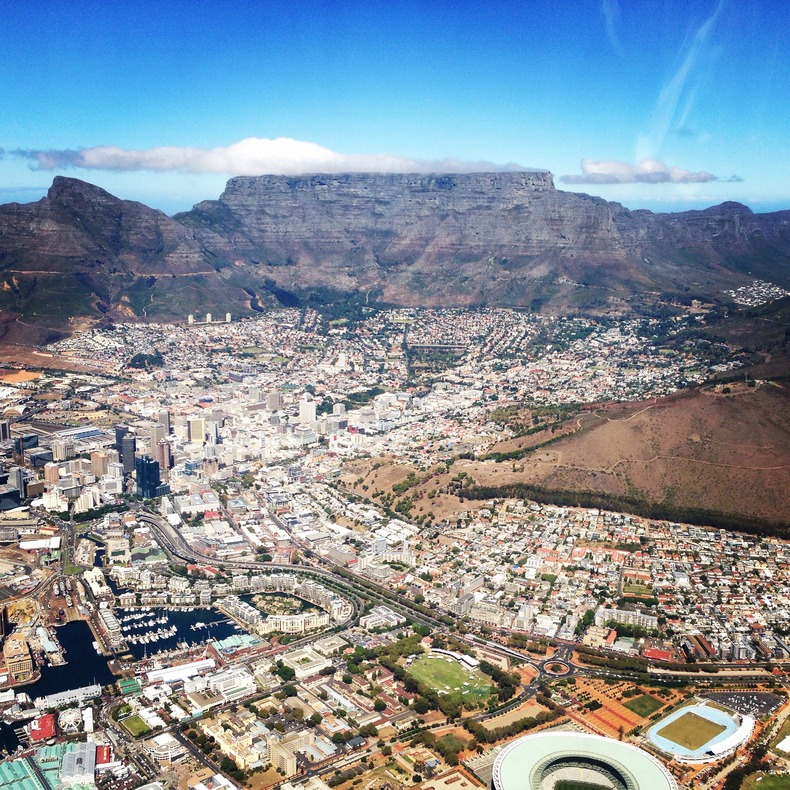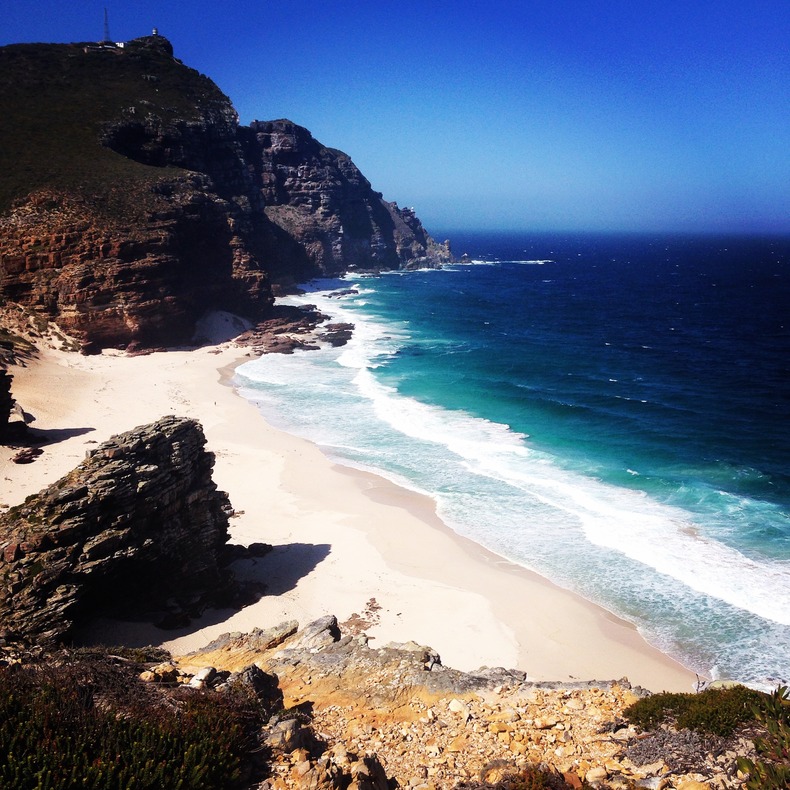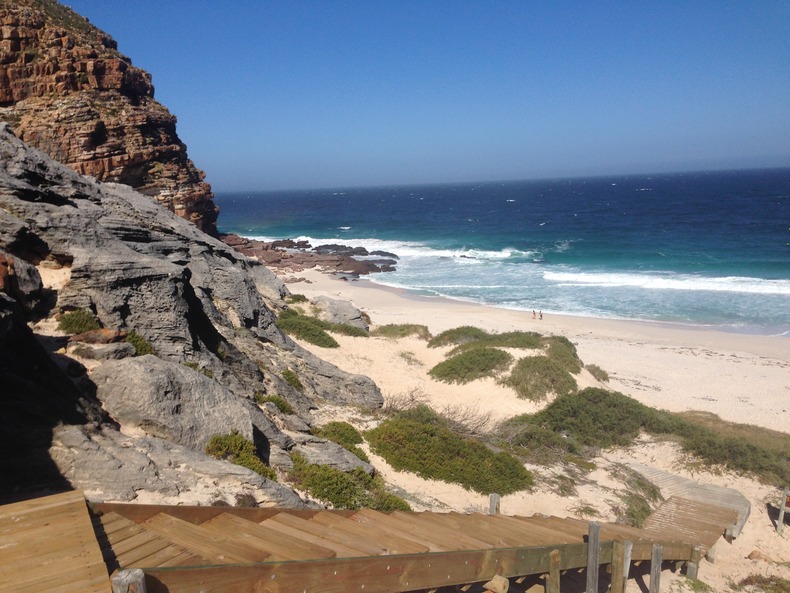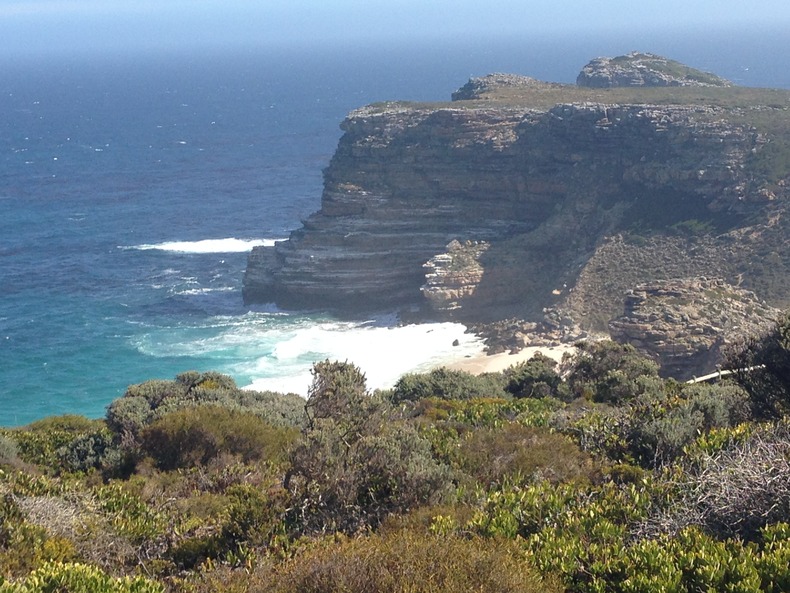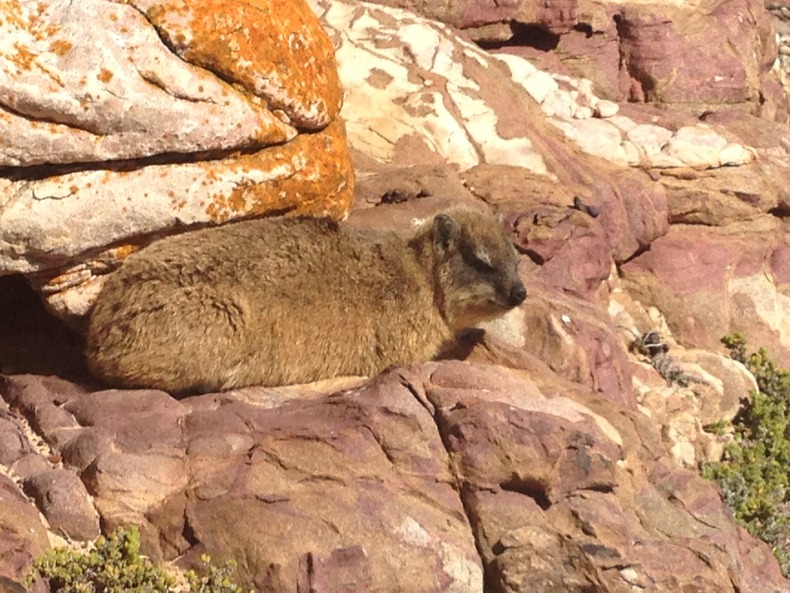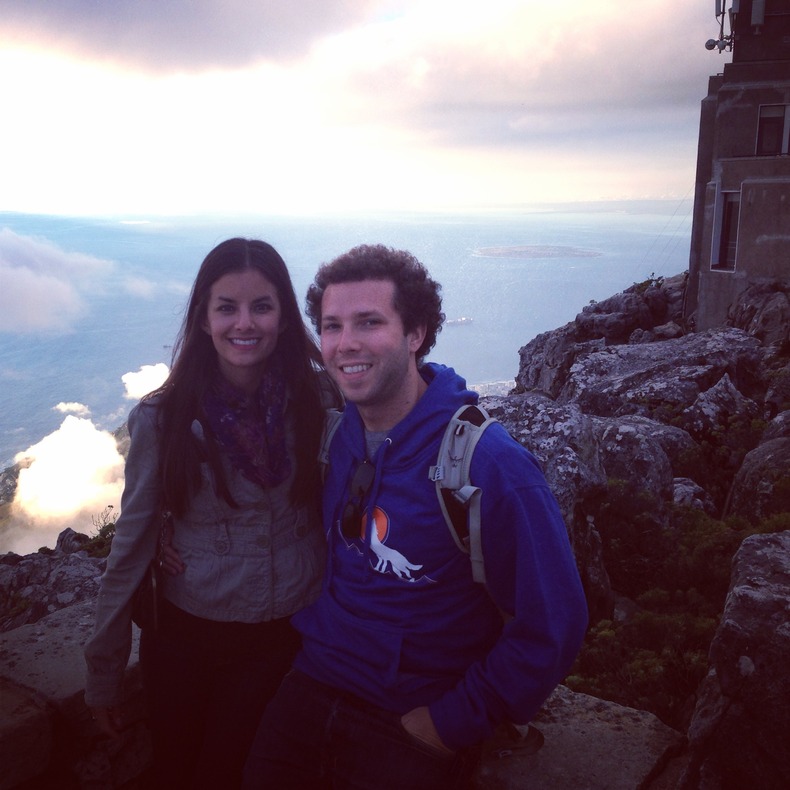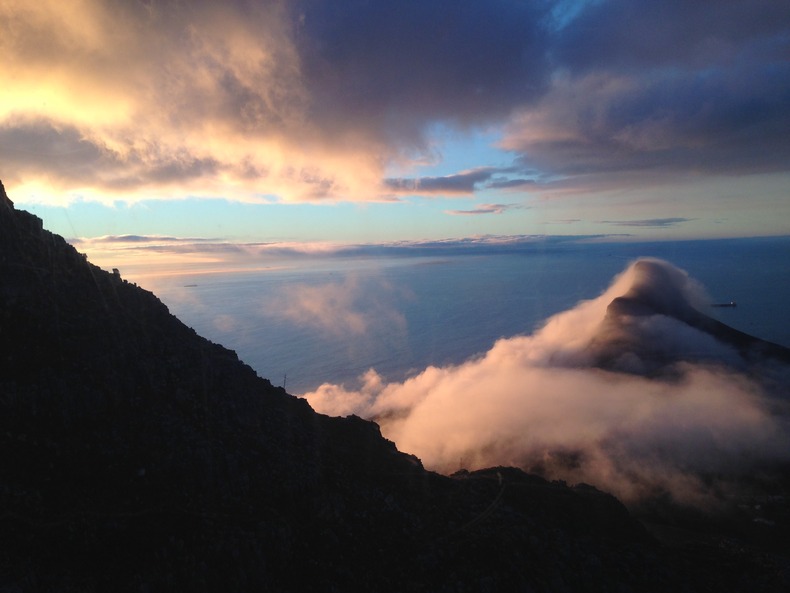Introduction
For the last month, Andrew and I have been traveling for holiday and work. His parents and brother met us in Cape Town and then we all traveled to Windhoek. We spent time at N/a'an ku sê, an animal sanctuary, followed by Sossusvlei, the red sand dunes.
Erik had to leave at this point but Andrew, Aino, Chuck and I continued traveling through Namibia by car. In Namibia, we went to Swakopmond/Walvis Bay, Grootberg, Etosha, and the Zambezi region near Kongola. We then traveled to Victoria Falls, Zimbabwe. After Aino and Chuck flew back to the U.S. from Livingstone, Andrew and I traveled to Katima-Mulilo, the capital of the Zambezi region of Namibia so that I could do a field site for my research there. It was quite an incredible trip and I will include some highlights and photos from our travels in this entry and in the next few.
Cape Town
Yesterday someone told me that Cape Town is often portrayed as the face of South Africa and one can certainly see why this makes sense. We were able to spend five days in Cape Town at the beginning of the trip, which allowed us to see much of its beauty and to understand a bit of its past.
Aerial view of Cape Town and Table Mountain
A little bit windblown here, but that's ok
The first Europeans to arrive in Cape Town were the Portuguese in 1488 followed by the Dutch in 1652. At this time, the Dutch East India Company sent employees to the Cape in order to provide a supply station for ships traveling this direction for trade.
Driving around the Cape, every turn has a new breathtaking view. These photos really do not do this area justice.
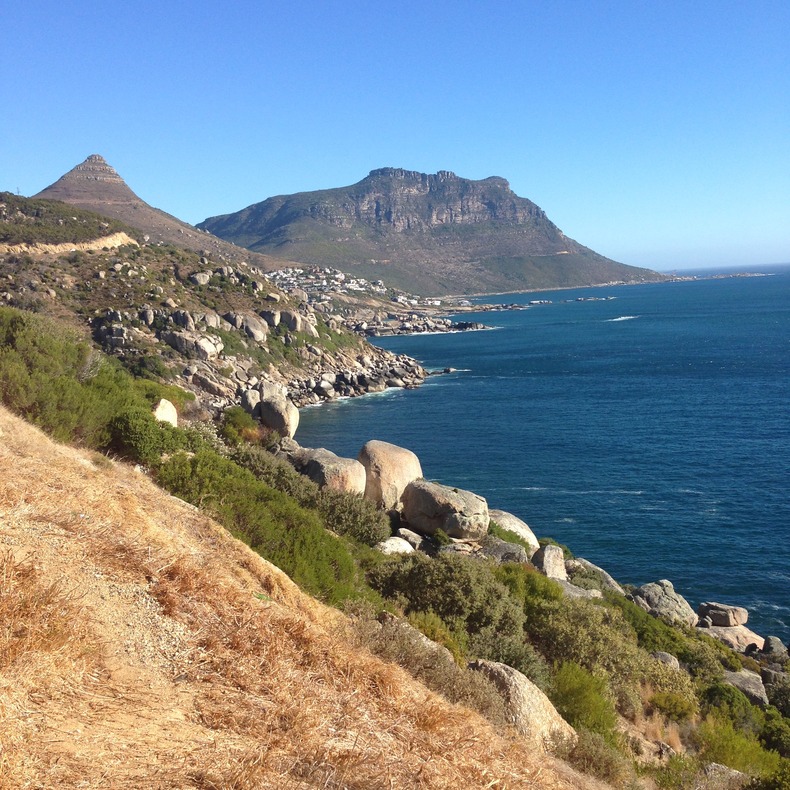
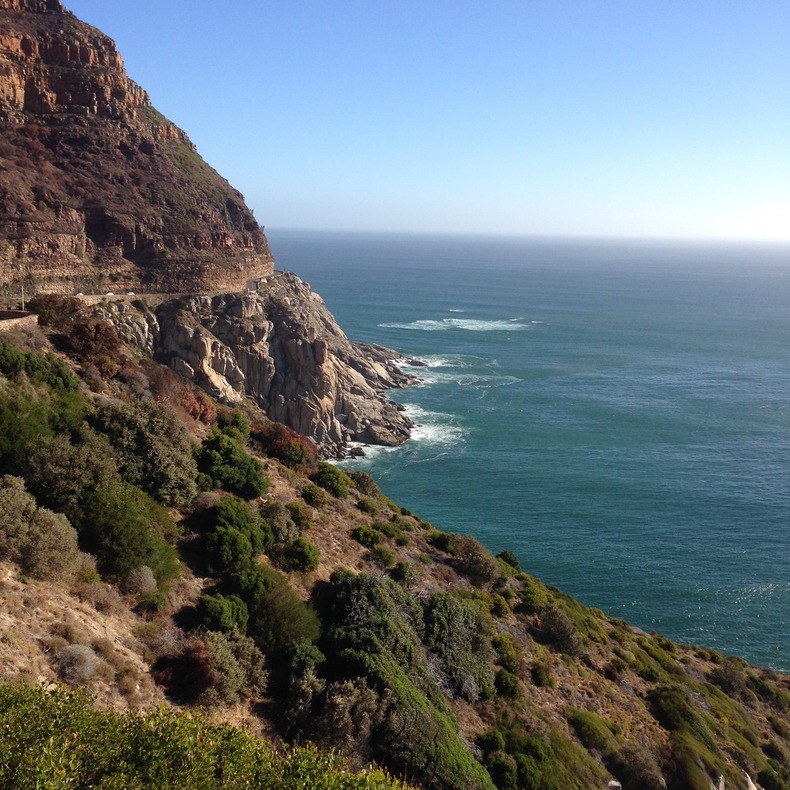
Behind all the beauty of the Cape--like many former colonies in Africa--there is no short supply of dark history including oppression, violence, slavery and apartheid. Today South Africa is still a deeply unequal society, with one of the highest income disparities in the world and related social justice issues such as inadequate access to quality education, housing and water. Similarly to Namibia, there is quite a lot of segregation based on race--many poor black persons live in informal settlements outside of the city. The living conditions in some of these areas would make you feel squeamish, guilty and depressed.
As shown in the media in the last few weeks, these informal settlements can also be incredibly dangerous and have also been the sites of violence against foreigners and civil unrest in several South African cities. To explain this situation as simply violence against foreigners thought to be taking jobs from South Africans or 'xenophobic'seems overly simplistic. Violence should always be condemned but the blame should also be cast on the government's failure to address poverty and inequality. Ensuring that people do not live in filth and have basic human rights is the most effective way to prevent desperate, angry acts of violence.
The government can try to hide these marginalized communities behind mountains and other beautiful landscape, but everyone sees the incredible poverty and feels the lingering effects of the recent legal system which sanctioned racial discrimination. I do not mean to say that things have not improved, but the beauty of Cape Town exists in sharp contrast to the lives lived in these settlements. Its as if the incredible beauty of the Cape has an inverse relationship to the quality of life for her poorest inhabitants.
Cape Point is the southeastern point of the Cape Peninsula. It is sometimes thought that the Cape of Good Hope is the southernmost tip of Africa, but it is actually Cape Agulhas. Here are some photos of Cape Point and the Cape of Good Hope:
A very tame dassie
Table Mountain is quite famous for its beauty and biodiversity. There are as many as 2,200 types of plant that live here and it is also part of the Cape Floral Kingdom World Heritage Site. When we went to the top of Table Mountain, the dreamy aura was enhanced by the afternoon fog.
Andrew and I at the top of Table Mountain
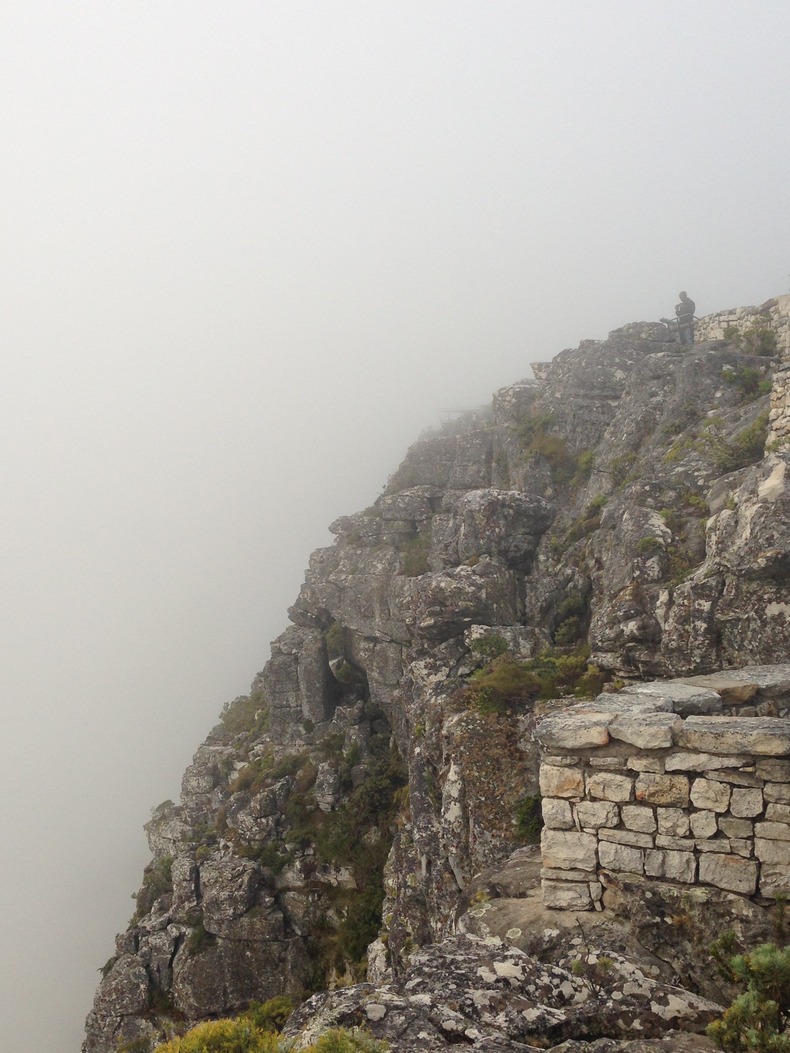
Views from the top of Table Mountain
Robben Island is of course the political island prison utilized before and during the apartheid struggle. When you take the tour, the guides are all former prisoners who were held there for their political beliefs. In addition to ANC members (Nelson Mandela's party) members of SWAPO (those fighting for Namibian Independence) were also held on Robben Island.
Historically, the island has also been used as a leper colony and to hold persons with mental and physical disabilities as well as other "undesirables"of society. It seems that these persons were confined to the island without a say in the matter and more or less treated like animals. They lived in small quarters, were forced to perform manual labor, and were prohibited from reproducing. Political prisoners were also required to perform manual labor, usually in the quarries. One certainly feels the not-so-distant past when visiting Robben Island.
Erik viewing Table Mountain from Robben Island
The Cape is certainly a beautiful, complicated, and remarkable place. Let us hope that there is further social progress in the near future.
Living in the world. Humanitarian. Advocate for health, human rights and equality. Documenting experiences and observations.

